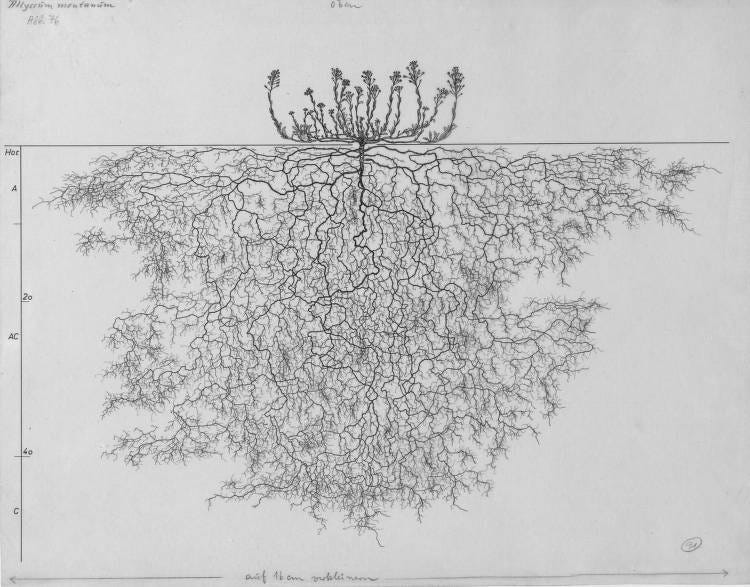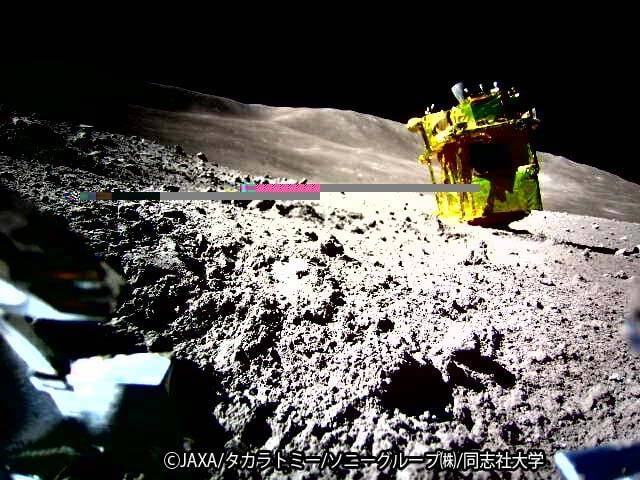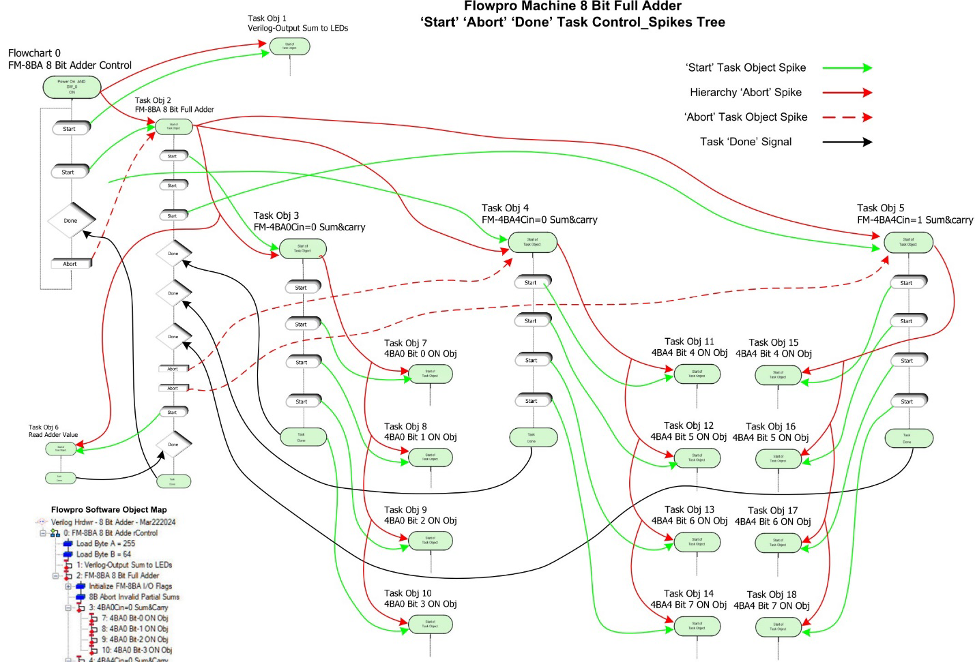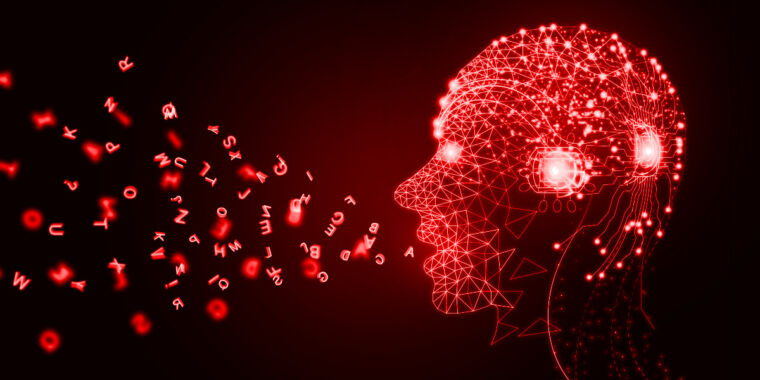
Cornell University researchers break their record with stunning high-res photo of atoms
Macro lenses are awesome photographic tools because they let you see the world around you with greater detail and in fresh, new ways. But what if you had a way to see even closer, so close that you could see actual atoms? This is what a research team led by David Muller has been doing at Cornell University. In 2018, researchers at Cornell built a high-powered detector that, when combined with an algorithm-driven process called ptychography, captured an image of atoms at triple the resolution of a state-of-the-art electron microscope. Three years later, Muller, the Samuel B. Eckert Professor of Engineering at Cornell University, is leading research with an even more impressive detector.
The team's paper, 'Electron Ptychography Achieves Atomic-Resolution Limits Set by Lattice Vibrations,' outlines a new electron microscope pixel array detector (EMPAD) that includes more sophisticated 3D reconstruction algorithms. The combination of the EMPAD and algorithms is so finely tuned that the only blurring of atoms in the image is due to the atoms' 'thermal jiggling.'
'This doesn't just set a new record,' said Muller, 'It's reached a regime which is effectively going to be an ultimate limit for resolution. We basically can now figure out where the atoms are in a very easy way. This opens up a whole lot of new measurement possibilities of things we've wanted to do for a very long time. It also solves a long-standing problem – undoing the multiple scattering of the beam in the sample, which Hans Bethe laid out in 1928 – that has blocked us from doing this in the past.'








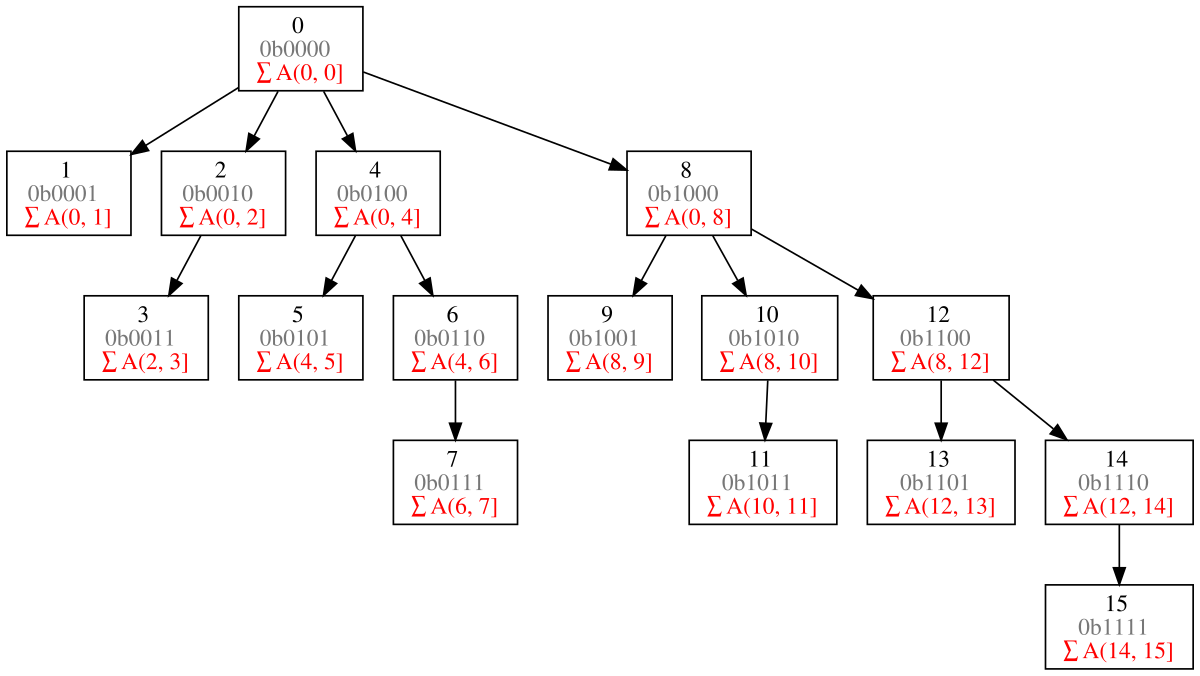
/cdn.vox-cdn.com/uploads/chorus_asset/file/25415669/1238020424.jpg)

